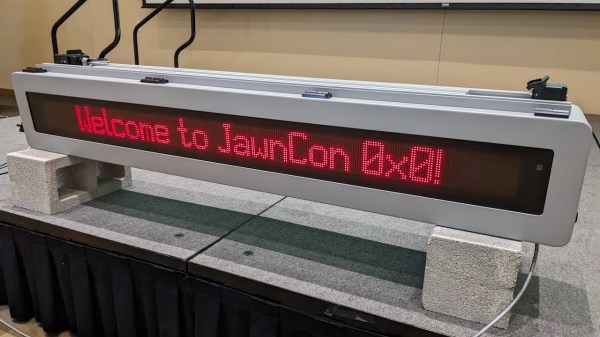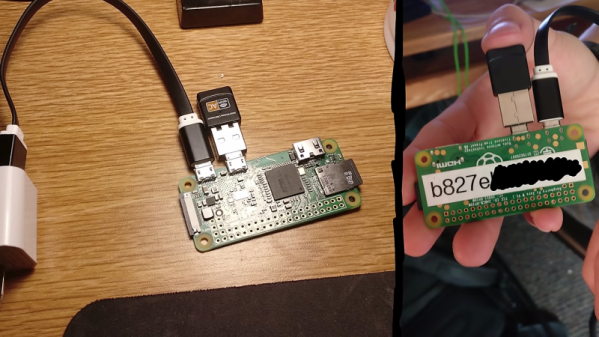We’re happy to pass along word that Paged Out! has finally released Issue #3. This online zine covers a wide array of technical topics, from software development to hardware hacking, computer security, and electronics.
It’s distributed as a PDF, and is notable for its somewhat experimental format that limits each article to a single page. The first two issues were released back in 2019, but between a global pandemic and some administrative shuffling, progress on the current release was slowed considerably.
Among the 50 articles that make up the third Paged Out! there are a number of pieces focusing on hardware, such as the serial communications “cheat sheet” from [Jay Greco], and a pair of articles covering the state-of-the-art in custom keyboards. But overall the zine does lean hard into programming topics, and is probably best suited for those with an interest in software development and infosec.
Still, the line between hardware and software is getting blurrier all the time, so we’re sure you can find something in Paged Out! that should interest you no matter which side of the fence you’re on. Here’s hoping the time between releases can be reduced a bit for Issue #4.



















